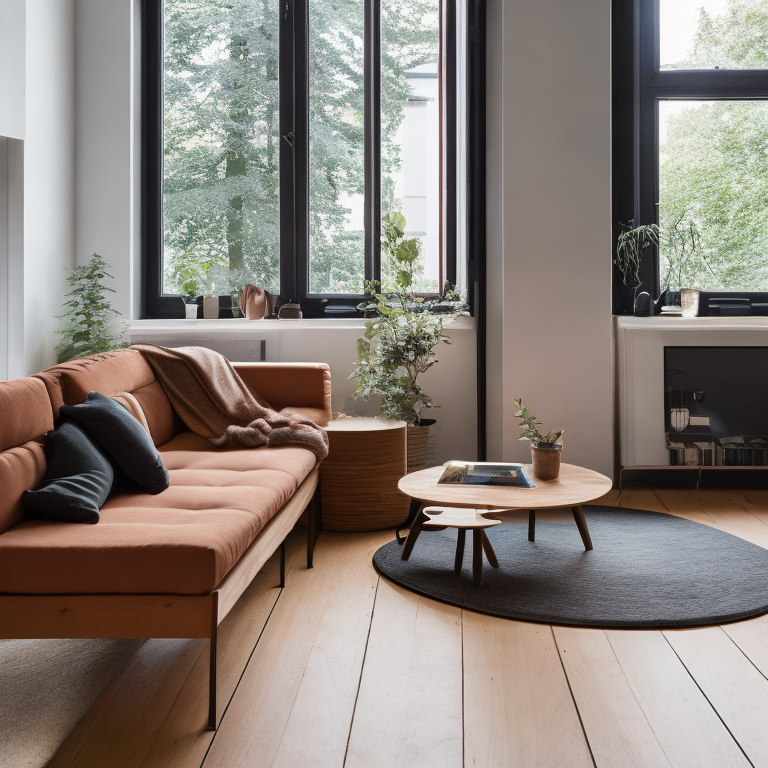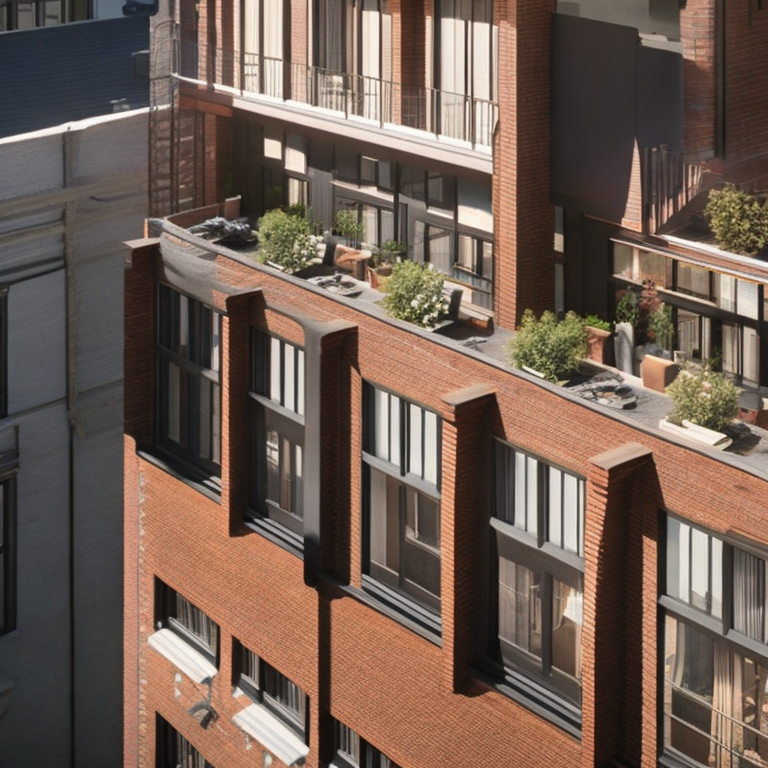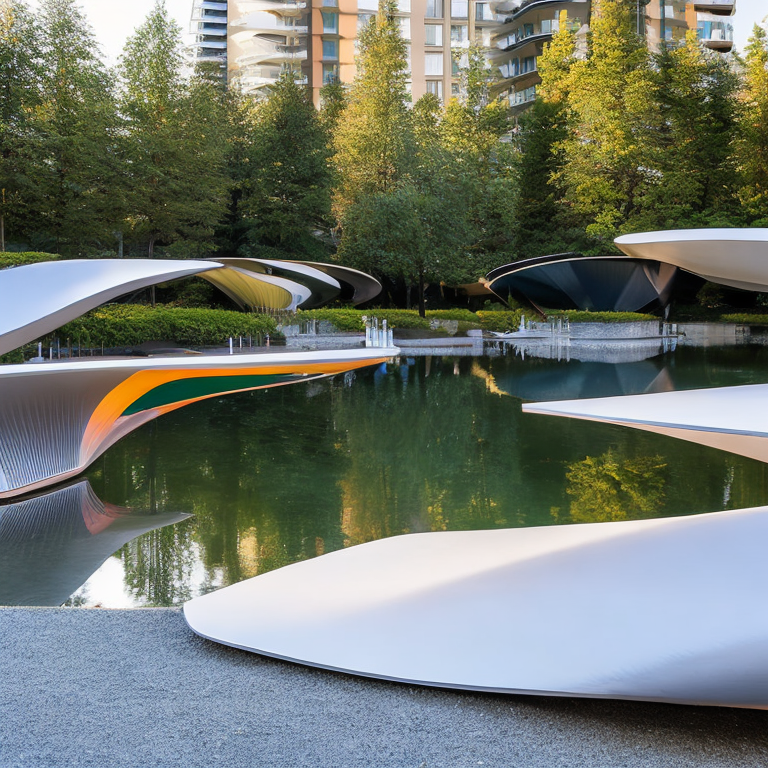June 1, 2023
By James Bravo
The process of crafting prompts for artificial intelligence systems is an intricate dance between creativity and precision. It's essential to understand that this process isn't a perfect science, as it involves a high level of experimentation and fine-tuning. The ability to create a compelling prompt requires an understanding of language, context, and the specific requirements of the AI system at hand. Despite the lack of an absolute formula, there are techniques and strategies that can enhance the effectiveness of your prompts and yield better results.
With the growth of AI technology, different image generators have evolved, each with its unique capabilities and limitations. Different generators yield different images for the same prompt, so what works well with one system will not yield the same results with another. For instance, the Midjourney AI image generator tends to produce more aesthetically pleasing results when compared to others. This is because it focuses on the beauty and harmony of generated images. On the other hand, Stable Diffusion aims at closely obeying the prompt's specific instructions, which often results in images that are more accurate and detailed, albeit sometimes at the expense of aesthetic fluidity.
In crafting the perfect prompt, start with a clear definition of what you want the image to represent, then structure your prompt to best suit the AI system you're using. If the first results are not up to expectations, tweak the language and context of the prompt, adding or removing details as needed. Remember, prompt crafting is an iterative process that combines creativity, experimentation, and iteration. By employing this strategy, you'll be better positioned to craft prompts that yield the most satisfactory results from your AI image generator.
Here are some elements of architectural images so you can craft your prompt.
We divide the image in the elements below. Starting from point 4, all elements are optional.
Place type (room or building)
Room
Building
Architectural style
Brand or architect
Brand
Architect
Materials
Colors
You can add specific colors or a color set.
Details (furniture, textures)
Here are a few things you can try to get precisely the kind image you want.
For example, you can try adding "4K, high quality, professional picture." These seem to improve images in certain cases.
Some image generation models, such as Stable Diffusion, allow you to add things you want to avoid on the image. This is called a "negative prompt". For example, you can try this one: "ugly, tiling, blurry, bad art, blurred, text".
Some words are detrimental to get the image you want. Identify them and remove them.
The prompt will work better if it's consistent. It's still hard to AI to generate things that are unexpected, such as a coastal house made of marble. Of course, you can still try those.
architecture magazine photo of a living room, nordic style, ikea furniture, wood and copper, warm colors, urban loft, natural light, serene and calm

concept art, apartment building, industrial style, high angle, inspired by Norman Foster, brick, earth tones, historic townhouse in a city center, cinematic lighting, warm and cozy

architecture magazine photo of a public park, futuristic style, inspired by zaha hadid, steel and glass, complementary colors, sustainable architecture, smooth textures, city center, cinematic lighting, minimalist and clean

Learn how to harness the power of AI with Frankly.
Follow us on Instagram.